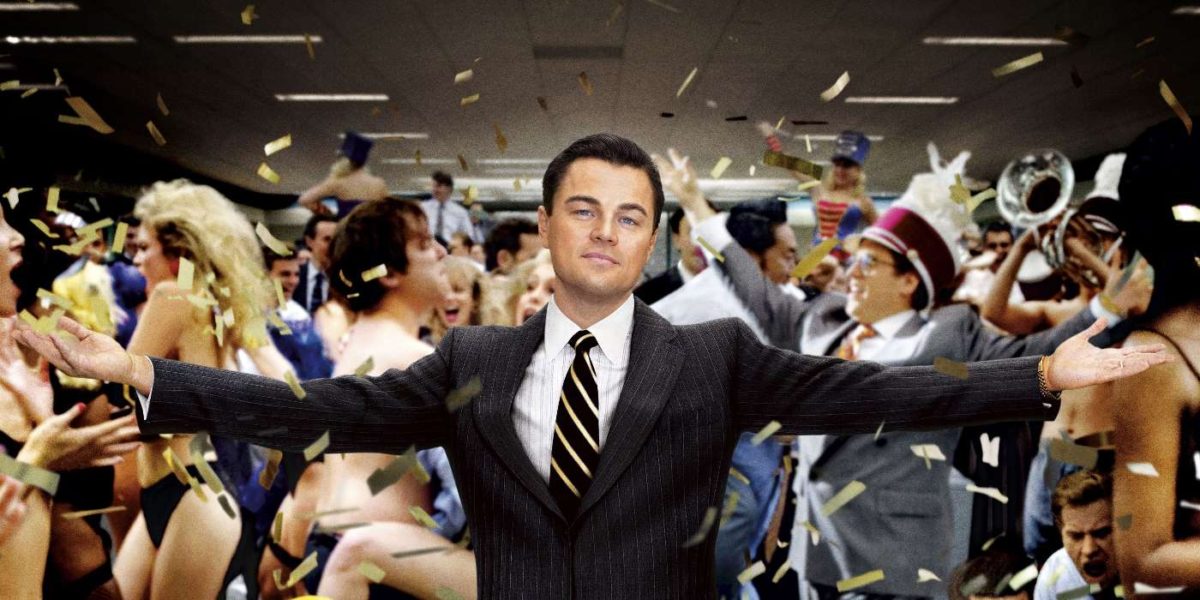After the Wall Street crash of 1929 and 2008 Wall Street workers received a lot of hatred. Some people still blame them for the horrific damages caused by these crashes. Those are probably the people who will feel engaged with the disruption of the financial industry. Why you ask? Well, that’s because artificial intelligence is on the move of taking over the jobs of Wall Street traders. Many of the financial giants are switching to AI-driven systems. For instance, Goldman Sachs employed 600 equity traders in 2000. Nowadays they only have two equity traders with automated trading machines handling the main operations (Byrnes, 2017).
As mentioned before this disruption is caused by AI-driven systems. These systems are better forecasters of market trends than humans are. Consequently, the trades the systems make are better. AI trading software is able to learn a lot about the world through data. The machine uses books, tweets, news reports financial data, earning numbers, international monetary policy and anything that might help the software understand global trends as input. With this large amount of data it’s able to make predictions about stocks, bonds, commodities and other financial instruments (Maney, 2017).
The accessibility to billion pieces of data along with the ability of machines to analyze patterns, makes AI a great fit in this field (Satariano, 2017). It’s well-known that humans makes mistakes. The major cause of the 2008 crash was the fact that nobody recognized the sign of trouble concerning the crashes, while the indications where around for quite some time (Letter, 2017). This shows the limitation or ignorance of the human workers. There where the human is limited with biases and sensitivities, the AI-driven system is further developed. The system is continually improving and perfecting its predictions by watching all recent data and always learning (Maney, 2017). This may mean that (real-time) patterns of trouble may be discovered and recognized in an early phase.
With this disruption in the financial industry the following question arose my mind: could AI truly prevent another Wall Street crash? I would answer this question with a simple but strong yes! What do you think?
References:
Byrnes, N. (2017). As Goldman Embraces Automation, Even the Masters of the Universe Are Threatened. Retrieved September 20, 2017, from https://www.technologyreview.com/s/603431/as-goldman-embraces-automation-even-the-masters-of-the-universe-are-threatened/
Maney, K (2017). Goldman Sacked: How Artificial Intelligence Will Transform Wall Street. Retrieved September 20, 2017, from http://www.newsweek.com/2017/03/10/how-artificial-intelligence-transform-wall-street-560637.html
Satariano, A. (2017). Silicon Valley Hedge Fund Takes On Wall Street With AI Trader. Retrieved September 20, 2017, from https://www.bloomberg.com/news/articles/2017-02-06/silicon-valley-hedge-fund-takes-on-wall-street-with-ai-trader
Letter, L. (2017). What investors haven’t learned from the 2008 financial crisis. Retrieved September 20, 2017, from https://born2invest.com/articles/investors-havent-learned-2008-financial-crisis/


Thank you for your compelling post! I would have to disagree with you that AI in the future will prevent a crash since nowadays there are already very sophisticated algorithms used with trading, which did not prevent all crashes. For instance, high-frequency traders use sophisticated algorithms to produce a trading strategy and trade at the speed of microseconds (Comstock 2010). High-frequency traders could not prevent the Flash Crash on May 6, 2010 and according to some economics they even worsened the crash (Kirilenko et al. 2011). So, how do you expect AI to prevent any crashes in the future, while trading is done at the speed of microseconds and on the Nasdaq alone trading volumes are already in billions (Nasdaq Trader, n.d.)? In my opinion even if AI is implemented, human interaction is needed, otherwise a programme could run wild.
Comstock, C. (2010) ‘High Frequency Traders: Trading In Mere ‘’Milliseconds’’ Is Like, So Last Century’. Accessed on 24 September 2017 on http://www.businessinsider.com/high-frequency-traders-trading-in-milliseconds-is-embarrassing-2010-3?international=true&r=US&IR=T.
Kirilenko, A., A.S. Kyle, M. Samadi and T. Tuzun (2011) ‘The Flash Crash: The Impact of High Frequency Trading on an Electronic Market’ Working paper. CFTC and University of Maryland.
Nasdaq Trader (n.d.) ‘Nasdaq Daily Market Summary’. Accessed on 24 September 2017 on http://www.nasdaqtrader.com/Trader.aspx?id=DailyMarketSummary.